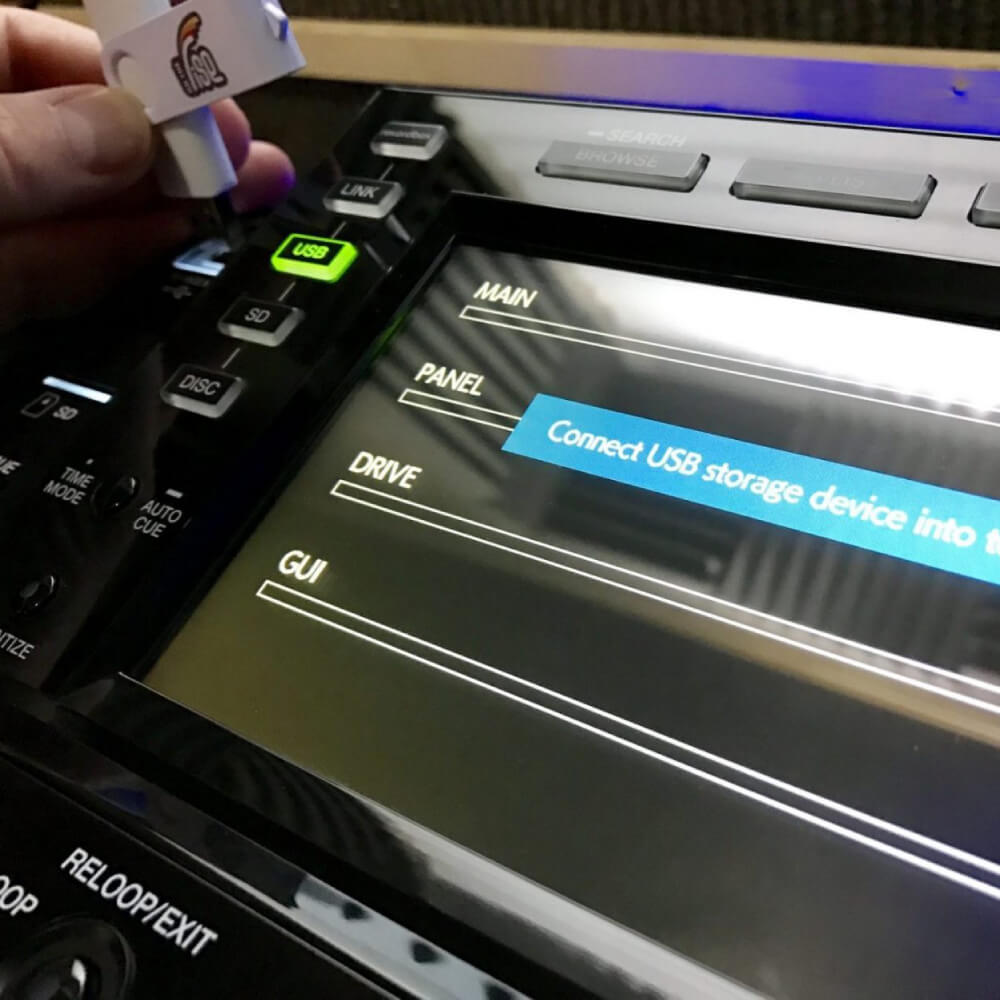

Shortly after IBM’s system was announced, other manufacturers wanted to create “clone” PCs that were compatible with the IBM PC - but IBM held its BIOS closely and didn’t allow clone makers access. It was called the Basic Input/Output System (BIOS). IBM created a small (2kB) program placed in the system read-only memory (ROM) and written in the processor’s native assembly language to provide these functions. These PCs needed a way to initialize the hardware, check memory, boot the system, and provide basic input/output (I/O) functionality to operating systems and application programs. In the late 1970s, IBM began developing personal computers (PCs) for business.

Interested in learning more about firmware security?ĭownload our eBook: Firmware Is Foundational: Security in the Age of Edge Computing


 0 kommentar(er)
0 kommentar(er)
